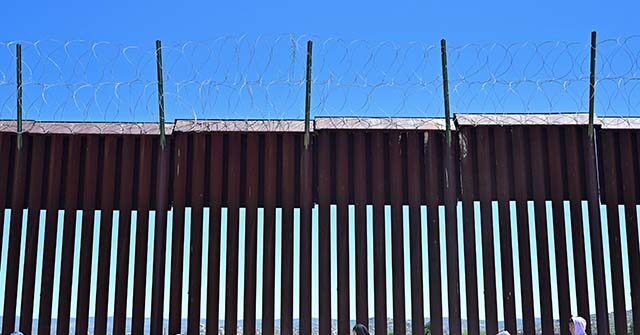A recent Ipsos survey for Reuters indicates that immigration is the foremost priority for 35% of Americans regarding the first 100 days of the next presidency, eclipsing other key issues like income inequality (11%) and taxes and healthcare, each garnering only 10%. This stark prioritization reflects the pressing concerns over migration in contrast to broader perspectives on pressing national problems, where 27% of registered voters cite the economy, 22% mention political extremism or threats to democracy, and 16% highlight immigration as the most critical problem faced by Washington, D.C. Given this context, a potential President Kamala Harris may push Congress to swiftly enact immigration reforms purportedly aimed at strengthening border security. Meanwhile, if reelected, President Donald Trump is likely to confront significant pressure to tackle immigration head-on, diverging from his initial presidency’s focus on tax cuts.
In his first term, Trump shifted his focus away from immigration, a move influenced by business allies advocating for increased economic migrants. As highlighted by the Wall Street Journal, the Biden administration has adopted a humane strategy in managing migration by allowing a monthly intake of 30,000 migrants from specific countries. However, if Trump returns to the White House, there would likely be pushback from both Democrats and some Republicans against his intentions for mass deportations, mirroring the complex and often contentious nature of immigration policy in the U.S. today.
Republicans are increasingly feeling the squeeze of their campaign promises regarding immigration. House Speaker Mike Johnson highlighted that nearly 4.5 million individuals with criminal records will be prioritized for deportation, indicating a tougher stance against undocumented immigrants. Senator JD Vance echoed this sentiment by emphasizing the large number of illegal aliens present in the country, advocating first for the removal of those who have committed crimes alongside their illegal entry.
The current debate over immigration is not limited to enforcement but extends to the implications for domestic productivity and family structures. As observed in countries like the U.K. and Canada, increasing migration has led to economic pressures, decline in family formation, and subsequent drops in fertility rates. In 2023, the fertility rate in England and Wales reached an all-time low, with additional declines noted in London. This demographic trend raises alarms over potential long-term impacts on workforce productivity and public finances, suggesting that uncontrolled immigration could be counterproductive to economic stability.
Contrastingly, prominent figures like Larry Fink, CEO of Blackrock, argue for a reconsideration of immigration as a tool for economic growth. Fink delineated a vision where countries with restrictive immigration policies, such as Japan and China, could counterbalance their shrinking workforce through advancements in technology and robotics, potentially fostering enhanced productivity without the need for population growth. He posits that the promise of technological transformation will elevate living standards, even in declining populations.
The Canadian government has recently acted to curtail immigration, an effort aligned with fostering increased productivity among existing citizens. Economists like Robert Kavcic from BMO assert that the narrative associating slower population growth with economic downturn is misguided. He suggests that recent surges in migration have led to misallocation of resources, redirecting them towards housing instead of improving productivity. This discourse highlights a critical reexamination of the relationship between immigration, productivity, and economic growth, indicating a shift towards optimizing human capital within countries facing demographic changes.

